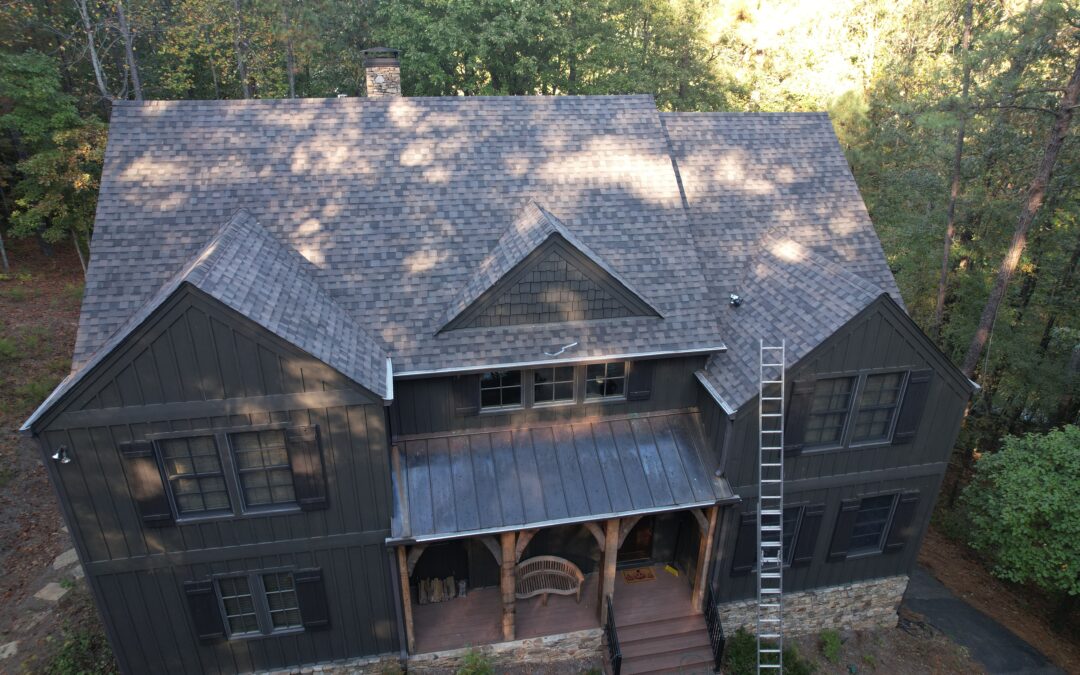Is Your Roof Secretly Costing You Thousands? Find Out Before It’s Too Late!
Your home is likely one of the most significant investments you’ll ever make, and maintaining it requires attentiveness in areas you might not always consider—like the roof above your head. While most homeowners focus on interiors and visible external aspects, the roof often remains overlooked until a problem arises. Is your roof maintenance savings plan secretly costing you thousands? Understanding the hidden costs associated with undervalued roof maintenance can help you save significantly in the long run.
Understand the Potential Hidden Costs
Many homeowners don’t realize the full scope of the costs associated with a poorly maintained roof until substantial damage is done. The consequences can range from higher energy bills to severe structural damage. Let’s delve into the potential issues:
- Increased Energy Bills: A roof that is not properly sealed or insulated can lead to increased energy consumption, as heating and cooling systems have to work harder to maintain indoor temperature. For more on improving energy efficiency, check out our energy efficiency tips.
- Water Damage and Mold: Leaks can cause water damage not only to the roof structure but also to your home’s interior, potentially leading to mold, which is costly to remediate and can pose health hazards.
- Decreased Property Value: An aging or visibly damaged roof can significantly reduce your property’s appeal and market value.
- Emergency Repairs: Minor issues left unresolved often lead to emergencies, requiring immediate yet costly repairs.
Recognizing the Signs of Roof Deterioration
Being vigilant about the condition of your roof can save you money and prevent stress associated with major repairs. Here are some warning signs that your roof may be deteriorating:
- Missing or Damaged Shingles: After a storm or over time, shingles can get damaged, exposing the underlying layers to harsher elements.
- Granules in Gutters: Asphalt shingles tend to shed granules when they start to wear, which often accumulate in your gutters.
- Flashing Damage: Damaged flashing around chimneys, vents, and skylights can lead to leaks.
- Sagging Roof Deck: A sagging roof indicates potential structural issues that require immediate attention.
- Stains on Interior Ceilings or Walls: These can indicate a slow leak that may have been occurring over time.
Regular Roof Inspections: A Proactive Approach
Regular roof inspections can identify potential issues before they become costly repairs. Consider scheduling a professional roof inspection bi-annually to ensure integrity and safety. It’s recommended to have your roof inspected:
- Bi-Annually: Twice yearly inspections, ideally in the spring and fall, allow for proactive measures to address minor issues.
- After Major Storms: Severe weather can inflict damage that requires immediate attention.
Cost-Saving Measures for Roof Maintenance
Routine Maintenance
- Clean Your Gutters: Ensure gutters and downspouts are clear to prevent water damage and ice dams.
- Trim Overhanging Branches: Prevent tree branches from scraping and damaging shingles or falling during storms.
- Remove Debris: Regularly clear off any debris that can trap moisture or cause water pooling.
Proper Ventilation and Insulation
Ensure your attic and roof are properly ventilated and insulated to improve energy efficiency, reduce moisture buildup, and extend the roof’s life.
Professional Roofing Services
Hiring professional roofing services for maintenance and minor repairs can prevent the escalation of small issues. Ensure contractors are licensed and insured for quality assurance. Learn more in our article on home maintenance tips.
When to Consider a Roof Replacement
While periodic maintenance is essential, there comes a time when replacing your roof becomes more economically viable than continuous repairs. Consider the following factors:
- Age of the Roof: Most roofs last about 20-25 years. If yours is approaching this age, it may be time for a replacement.
- Extent of Damage: If damage or deterioration covers more than 30% of the roof area, replacement may be more cost-effective.
- Energy Efficiency: Newer roofing materials can greatly enhance insulation and energy efficiency, offsetting replacement costs over time.
Long-Term Financial Benefits
Investing in roof replacement when necessary can prove beneficial by:
- Increasing Home Value: A new roof can improve curb appeal and property value.
- Improved Safety: Eliminate the risk and worry of costly emergency repairs.
- Energy Savings: Modern materials can reduce heating and cooling costs.
Conclusion
Your roof plays a crucial role in protecting your home and can significantly influence your finances. By staying vigilant and taking proactive measures for maintenance and timely replacements, you can ensure your roof doesn’t become an expensive oversight. Regular inspections, cost-effective roofing solutions, and knowing when to replace your roof will help protect your investment for years to come. Don’t wait for emergencies to address roofing issues—take action today to prevent unnecessary expenses in the future.
A well-maintained roof means peace of mind, financial savings, and the unwavering protection of your home environment. Check up on your roof, invest in its health, and discover just how much you could save over time.
Ready to take action? Schedule a professional roof inspection today and begin your journey to long-term savings and a safer home.

